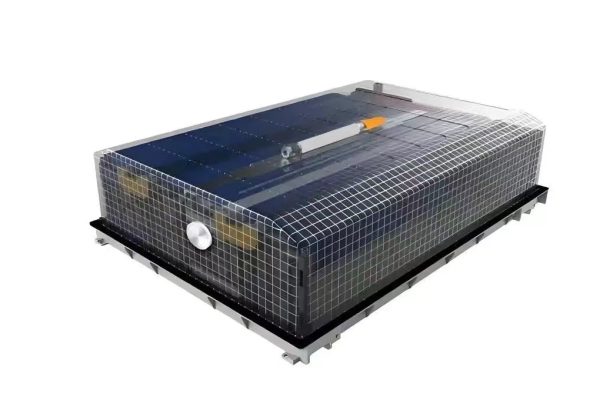The Hidden Cost Challenge
When exporting energy storage systems (ESS), many buyers focus on total price without fully understanding the implications of trade terms like FOB, CIF, or DDP. Hidden costs in these terms can create price pressure, eroding margins or making your offer appear less competitive. Exporters need to understand these nuances to protect profitability while remaining attractive to buyers.
1. Recognizing Hidden Costs in Trade Terms
- FOB (Free on Board): Buyers may underestimate port handling, inland transport, or insurance costs, creating pressure to lower your FOB price.
- CIF (Cost, Insurance, Freight): Including freight and insurance costs can appear as higher pricing; buyers may try to negotiate down.
- DDP (Delivered Duty Paid): Duties, taxes, and customs clearance are often overlooked by buyers, who may push for lower all-inclusive prices.
Exporter Tip: Break down all costs transparently to avoid misperceptions.
2. Strategies to Avoid Margin Erosion
2.1 Transparent Quotation Breakdown
- List product price, domestic transport, port fees, insurance, and any customs duties separately.
- Helps buyers understand where costs come from, reducing unnecessary price haggling.
2.2 Highlight Value-Added Services
- Emphasize logistics management, customs clearance, and insurance as services that justify costs.
- Buyers are more willing to accept higher prices if value is clear.
2.3 Tailor Trade Terms to Buyer Capability
- Experienced buyers may prefer FOB, allowing them to manage shipping cost-effectively.
- New or small buyers may prefer CIF or DDP for full-service convenience.
- Aligning terms with buyer capability reduces price pressure from mismanaged expectations.
2.4 Benchmark Against Competitors
- Research market standard pricing under different Incoterms.
- Position your offer competitively without underpricing your value.
2.5 Use Currency and Risk Management Tools
- For CIF/DDP, hedge against currency fluctuations.
- Avoid unexpected cost burdens that may trigger buyer negotiation on price.
3. Negotiation Techniques
- Educate Buyers: Explain how each trade term affects pricing and risk.
- Separate Product vs Service Costs: Prevent buyers from lumping all costs into product price.
- Offer Options: Present FOB, CIF, and DDP prices to give buyers transparent choice.
Exporter Tip: Position yourself as a professional advisor, not just a seller.
4. Avoiding Common Pitfalls
- Underestimating duties or shipping costs: Leads to reduced margins.
- Failing to explain trade terms: Buyers assume your price is negotiable across all cost components.
- Ignoring hidden service value: Risk of undervaluing logistics, insurance, or customs handling.
Exporter Tip: Include full cost explanation in quotations and use visuals or tables for clarity.
Turning Transparency into Competitive Advantage
Price pressure in ESS exports is often hidden in trade terms rather than the product itself. Exporters who communicate clearly, break down costs, and align trade terms with buyer capability can protect margins while enhancing buyer trust. Transparency becomes a competitive tool, turning potential price negotiation into a demonstration of professionalism and value.









